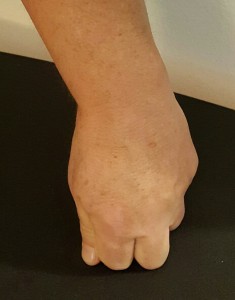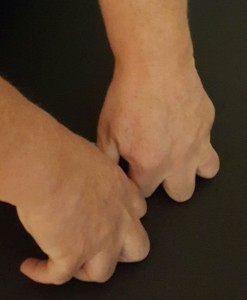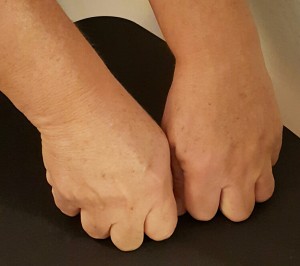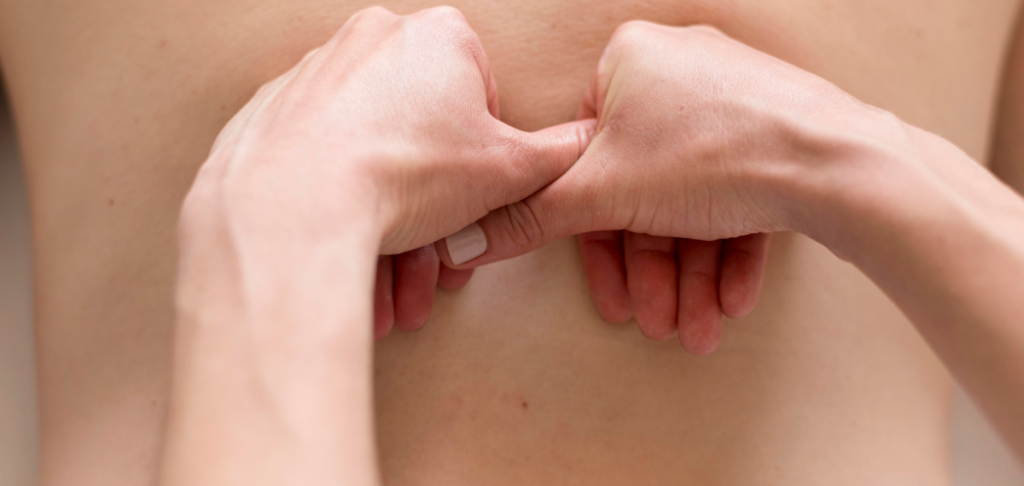Massage therapists have a few tricks for using specific pressure techniques without straining their thumbs. Whether light, firm or deep, these handy tips provide support for precious thumb during massage strokes.
These body mechanics require split legs, from 4 inches to shoulder width apart, one behind the other and slightly flexed at the knees and hips. Movement forward springs from the back leg. The visual cue is to imagine your foot pushing the floor away. As you push forward, the hands effleurage the client’s back. When this “fencing lunge” stops, the forward stroke stops. Return strokes should be glides rather than more forceful strokes to avoid activating the lats and rotators, which can lead to shoulder and neck pain.
With these mechanics the length of these strokes depends on the length of the therapist’s arms. Shorter-arm therapists tend to have smaller zones, for instance half the back rather than full length. Taller therapists can cover more territory but are at risk for using their neck and thoracic muscles if they do not take care to split and flex legs.
Here are some photos of thumb-saving stances that allow therapists to work as deeply or lightly as they like. The first is the main thumb saver: Pressing the straight thumb into the flexed index finger and using the other fingers for support. The fingers are flexed so the wrist must be slightly flexed or straight to avoid carpal injury. This allows for stripping along muscle fibers or for transverse friction without risk to the thumb. It also feels better to the client.
The second photo demonstrates the thumbs pressed against each other, but this time the fingers are spread so the massage therapist can knead with the second phalanges of the fingers. This kneading feels more broad and intense top the client than flat finger kneads. Think of it as a step between finger and forearm kneading.
The third photo shows some more thumb stabilization to avoid hyper extension and strain. This time both hands support both thumbs providing a wide and very stable effleurage. 
These thumb tips have kept myself and colleagues out of danger while pursuing long careers in healing. One of my clients calls these strokes the teddy bear paws. Thumbs up!

